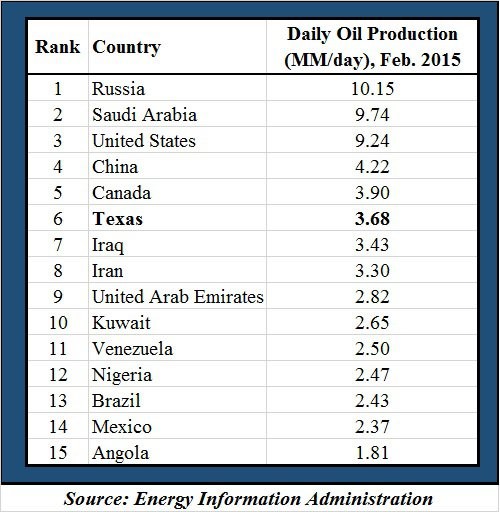Here’s how they stand, via Watts Up With That. 
I’m happy with eliminating energy subsidies. Let’s get rid of all of them.

Here’s how they stand, via Watts Up With That. 
I’m happy with eliminating energy subsidies. Let’s get rid of all of them.
Repair crews worked through the night trying to restore electricity to Puerto Rico’s 3.5 million people early Thursday after a fire at a power plant blacked out the entire U.S. territory.
Officials said they hoped to restore service by morning….
It turns out that they didn’t make by the morning, and the outage extended into a second day—lengthened not just by the severity of the problem, not unique in itself to Puerto Rico, but also by Puerto Rico’s lack of money with which to fund repairs or even parts and equipment to replace the damaged/failed parts and equipment.
I have to wonder about similar vulnerabilities, similar single points of failure, extant on our separated States and other separated territories and within CONUS. I have to wonder about these vulnerabilities not only in our power distribution grids, but in our communications grids, and cascading from those, in our financial networks and our government effectivity networks.
As Governor Alejandro Garcia Padilla said,
The system is not designed to withstand a failure of this magnitude.
Neither are any of our systems. Nor are they designed to any large degree to minimize, if not eliminate, single points of failure.
…by this Texan. Except that, as Dizzy Dean said, “It ain’t braggin’ eff you can do it.”
Via AEIdeas:
Mr [Congressman Dave, R, WA] Reichert is co-sponsoring legislation to extend the PTC [Production Tax Credit] because the subsidies “reduce electricity costs and create jobs.”
But what jobs? Lower costs for whom? Who do you think pays that subsidy? Three years later, there still aren’t any in significant number. Electricity costs aren’t lower for the producers, and Reichert still hasn’t explained who’s paying for those subsidies (answer: we taxpayers are).
Mr [Congressman Steve, R, IA] King, who likes to advertise himself as a principled conservative, his line is that “Iowa is a wind energy success story” that only needs the federal government to “provide stable, low tax rates.”
Three years later, again left unanswered: if it’s so successful, why does it need federal subsidies? Why does it need subsidies at all? Why does it need continuation of subsidies as old as 1992—now 23 years on?
Oh, wait:
One need not literally seize the assets of businesses and install gov’t bureaucrats into management position to effectively nationalize those businesses. All it takes is to make them dependent on gov’t and/or direct their activities through regulatory constraints.
Or government subsidies.
…about competition and private cost control.
The Saudis and their OPEC colleagues, at the start of the shale and fracking revolution last year, made an overt decision to keep their own production up, which would allow prices to drop (much of OPEC—especially Saudi Arabia—had lots of cash reserves with which to handle the drop), which would kill American deep drilling and put those competitors out of business, restoring price control to OPEC.
The US shale industry is by necessity becoming more efficient than ever. Low oil prices have become an opportunity. The Saudis have lit a fire under producers to trim the fat, deploy new productivity-boosting technologies and zero in on the most productive geology.
And
Just a year ago, popular opinion seemed to be that shale oil production was generally unprofitable if oil prices fell below $80 per barrel.
And
Statoil, for example, reported that just in a few months it cut its drilling time for new wells in Texas’ Eagle Ford formation from 21 days to 17. That kind of efficiency gain has helped “petropreneurs” reduce the cost of drilling wells from $4.5 million to $3.5 million.
Other companies are experimenting with new fracking fluids and different types of sand to create better shale-rock fractures. Some are effectively incorporating Big Data to better understand the sweet spots of geologic formations and optimal well-spacing to increase productivity.
The result is a rapid decline in the break-even price across shale plays. Already, analysts believe it is now $60 per barrel and before long will fall to $50.
Oops.